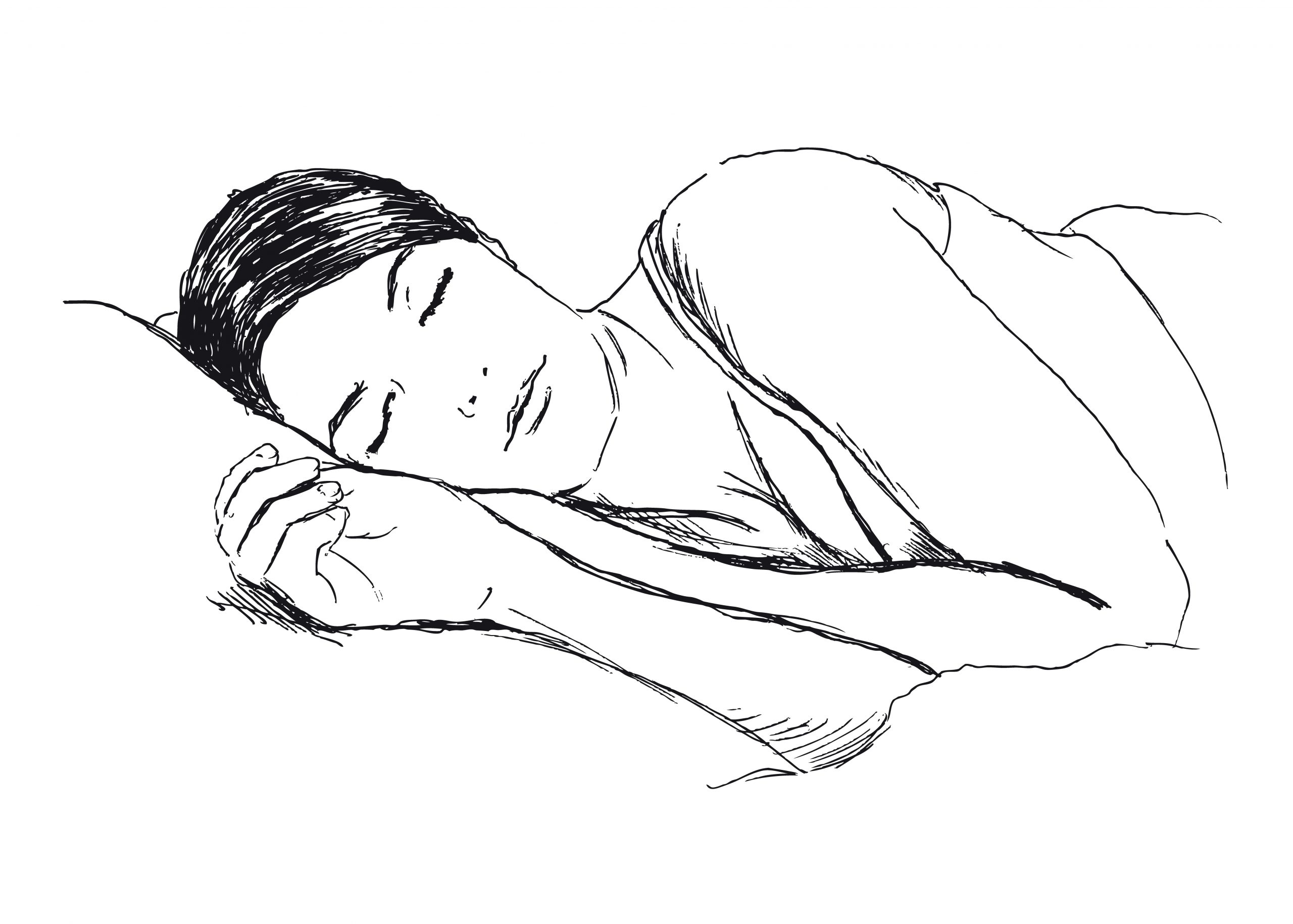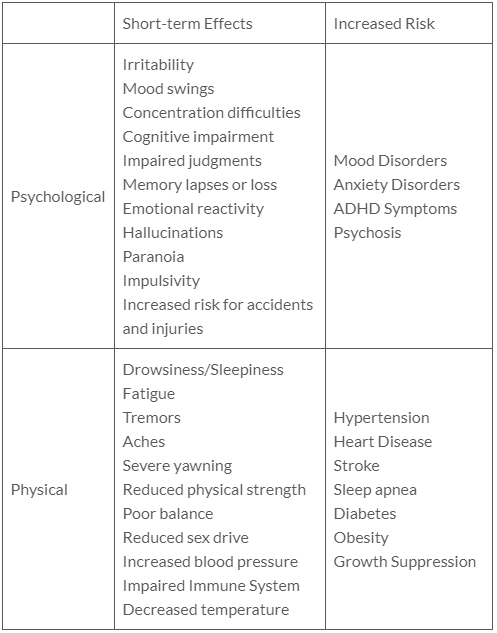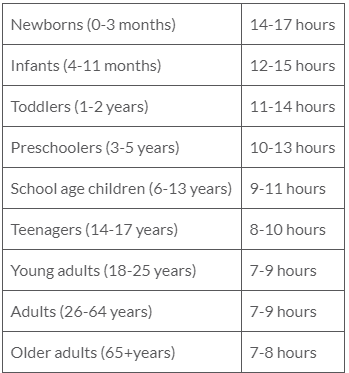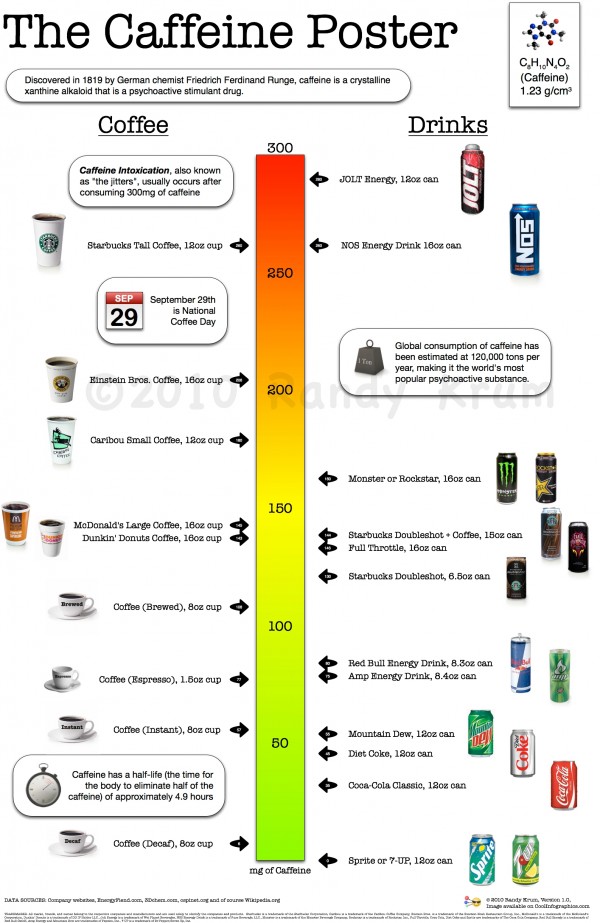
Quick Links
- Sleep Hygiene
- Sleep Meditations
- Effects of Sleep Deprivation
- Circadian Rhythm
- Sunlight
- Consistent Sleep Schedule
- Morning and Bedtime Rituals
- Sleep Environment
- Limiting Caffeine and Alcohol
- Physical Exercise
- Melatonin and Sleep Aids
- Resources
Sleep Hygiene
- Consistent sleep schedule. Go to and get up from bed around same time every day, including weekends. Set an alarm clock for both bed- and wake-times.
- Morning and bedtime rituals. Engage in a morning ritual that helps you be more alert and energized, and a bedtime ritual that helps you be more relaxed and cues your body to sleep.
- Sunlight. Exposure to sunlight within one hour of waking, and 10-15 minutes of outdoor sunlight periodically throughout the day.
- Comfortable sleep environment. Quiet, dark, slightly cool temperature, and clean air. Eye mask, ear plugs, or white noise if needed. Assertive communication with disruptive others.
- Engage in activities, such as sleep meditations, that relaxes the body and calms the mind as you get ready to bedtime.
- Associate bed with sleep activities only, with an exception for sickness and sex. Avoid non-sleep activities in bed, such as working, watching TV, and having arguments.
- Melatonin and other sleep aids. Consult your physician about using sleep aids, with regard to proper dosage, interactions with other medications, side effects, and potential dependency issues.
- Physical exercise. About 30 minutes of moderate intensity, aerobic exercise (e.g., brisk walking) every day.
- Eat regular meals, avoid heavy meals close to bedtime, and avoid foods that will irritate your digestive system close to bedtime (e.g., spicy and processed foods, and soda).
- If can’t fall asleep, get out of bed after 30 minutes of sleeplessness, and engage in a non-stimulating, relaxing activity and return to bed.
- Limit caffeine use to morning hours, and avoid excessive alcohol use. Caffeine is a stimulant that can keep you awake, and falling asleep from alcohol makes sleep choppy and shallow. Avoid nicotine altogether if possible.
- Limit naps to 30 minutes or less in the afternoon, and avoid naps too close to bedtime.
- Avoid use of electronic devices an hour before going to bed. The light from screens can dysregulate your circadian rhythm.
Sleep Meditations
Sleep meditations can help you relax as part of your bedtime ritual. It is recommended to put your electronic device aside after pressing play, following along with audio guide only with your eyes closed. Please visit the Youtube channels of these developers for more sleep meditations.
Effects of Sleep Deprivation
A good night’s sleep is a foundation of health. Sleep serves important functions for our body and mind. During sleep, our body recovers from the wear and tear of the day, stimulates growth and development, boosts immune functions, and consolidates memory.
Despite the importance of sleep, various factors can interfere with our body’s ability to sleep properly, such as anxious thoughts, jet lag, and poor sleep habits. Behaviorally, sleep problems can manifest when you have difficulty falling asleep, have choppy or shallow sleep, and/or sleep too much or too little.
The following table provides a list of short-term effects and conditions that you may be at higher risk for due to sleep deprivation.

Circadian Rhythm
“The flute of interior time is played whether we hear it or not.” -Kabir
Sleep difficulties are a 24-hour issue, not just a night time one. What happens during the day affects your sleep at night. This is because sleep is one of many circadian rhythms which also include fluctuations in blood pressure, body temperature, digestion, energy, alertness and so on. These cycles are regulated by a structure in the brain called the Suprachiasmatic Nucleus (SCN), also known as our body’s “master clock.”
Based on photoreceptors that detect levels of external light, the SCN send signals to our pineal gland to either release or inhibit melatonin, which is the hormone that makes us sleepy (Blume, Garbazza, & Spitschan, 2019). This biological mechanism fits with the common sense of feeling more awake when its sunny out, and sleepier when it gets darker.
Sunlight
Our circadian rhythm is largely regulated by levels of light, such that when its sunny out, our body awakens and when its dark, our body is sleepier. This straightforward process is complicated in modern life given lifestyles and conditions that keep us in-doors for most of the day, sometimes in window-less offices, or irregular work hours or conditions, such as shift-work or jet lag from international travel.
Unfortunately, most artificial in-door lighting may not be sufficient to properly regulate circadian rhythms (Blume et al., 2019). Specifically, direct sunlight reaches upwards of 100,000 lux, whereas standard office lighting is usually 500 lux or less. Furthermore, the wavelength found in sunlight is more broadband than the limited range found in artificial, in-door lighting, which is one reason plants don’t grow as well indoors. Finally, sunlight is dynamic in that it gradually increases from sunrise, peaks midday, and then gradually decreases as the sun sets, whereas artificial lighting is usually static.
Lack of adequate light can be particularly problematic for those living in regions, like the North- or Mid-west USA where sunlight is scarce during certain seasons of the year. A common mental disorder that arises in these conditions is Seasonal Affective Disorder, in which people feel more depressed and tired during periods of scarce sunlight. A common treatment for people diagnosed with SAD is bright light therapy in which a device can be used in-doors that emulate natural sunlight.
Taken together, it may be helpful to be intentional about getting enough sunlight every day. Here are some recommendations:
- Exposure to sunlight within one hour of waking.
- Avoid bright lights and screen time an hour before bedtime.
- Total of 45 to one hour of sunlight a day. It may be helpful to distribute the exposure throughout day, e.g., every 3-4 hours, getting 10-15 minutes of sunlight.
- Coupling sunlight with an outdoor physical activity (e.g., taking a walk), or working in a patio or park.
- Take off glasses during exposure, since light regulates our circadian rhythm based on photoreceptors in the eye.
- Wear sunscreen when sunlight exposure is 30 minutes or longer.
Consistent Wake and Sleep Schedule
To stay in sync with your circadian rhythms, it is recommended to keep a consistent sleep schedule that is aligned with light and dark cycles, such that you are waking as the sun rises and preparing for sleep after the sun sets. The exact timing of your sleep schedule may depend on your age (Hirschkowitz et al., 2015):

Based on the amount of sleep you need, it may be helpful to set your alarm clock not only in the morning, but also in the evening to let you know when it’s time to go to bed. It is often recommended to keep a consistent sleep schedule every day of the week, including weekends.
If your current sleep schedule is far off from your desired sleep schedule, it may be helpful to shift gradually, in 15-30 minute increments over a stretch of days. Try not to fret when you have trouble falling asleep right away at your desired time, your body needs time to adjust. In the meantime, there may be relaxation activities that may be helpful until your body gets used to your new schedule.
Morning and Bedtime Ritual
One way to reinforce a consistent sleep-wake schedule is to bookend your day with a morning ritual that helps you be more alert and energized, and a bedtime ritual that helps you be more relaxed. Please see my blog post on morning ritual for some guidelines on crafting a morning ritual that can motivate you to start your day with meaning and purpose.
Regarding bedtime ritual, it may be helpful to allocate 30 minutes to an hour before you go to bed to engage in a non-stimulating, relaxing activity to cue your body that it’s time for bed. Setting your alarm clock in the evening can remind you that time for daytime activities is now over and its time for bed.
Non-stimulating means putting away your screens which can be a rabbit hole for information that then needs to be processed by the brain. Furthermore, the light from the screens can dysregulate your circadian rhythm which is dependent on light and dark. Modern smartphones have a “Night Light” mode to mitigates this issue, but best option is no screens at all.
To fall asleep, it’s not only a matter of relaxing the body, but also calming the mind. An over-active mind ruminating about the day’s mishaps or worries about the future can be as disruptive to sleep as a noisy environment. A general strategy to calm the mind is engaging in some relaxing activities that entices your five senses, to help you get out of your mind and into your body, such as relaxing music at low volume, taking a warm bath, hugging a body pillow, gazing at the moon and stars, sipping on herbal tea, and aromatherapy. In addition, the section on sleep meditations can be helpful.
Sleep Environment
In addition to behavioral strategies, examining your sleep environment may also be helpful. Ideally, your sleep environment at night has the following qualities:
- Comfortable bedding.
- Lack of clutter in room.
- Quiet, using ear plugs or white noise machine if outside noise unavoidable.
- Dark, with low intensity lighting before turning off lights.
- Cool, around 61 to 70 degrees Fahrenheit.
- Soothing smells, and avoiding offensive smells.
- Clear, well-ventilated air.
Furthermore, it is recommended to only associate your bed with sleep and rest activities, although an exception can be made for sex 😊. This means not watching TV, surfing the internet, working on computer, or even having arguments in bed. Non-sleep activities in bed can inadvertently associate your bed with mental and emotional states that may not be conducive sleeping.
These qualities reflect an ideal sleep environment that many may not have access to, due to various psycho-social factors. It can be really frustrating when neighbors blast their music, having roommates with abnormal sleep schedules, or insidious irritants like bed bugs, mites, or mold due to the run-down condition of your living quarters.
Although assertive communication with landlords, neighbors, and roommates can be helpful in certain cases, it may be a difficult reality that you do not have control over these conditions. In these cases, it may be helpful to connect with housing resources and advocates for additional support.
Limiting Caffeine and Alcohol
Caffeine. Coffee, tea, energy drinks, and soda are common ways we consume caffeine, but there may also be hidden sources such as in chocolates and some medications. It is helpful to be mindful of the amount of caffeine we consume on daily basis. Caffeine is a stimulant that may be helpful in small doses during morning hours to help us be more alert and energized, but can disrupt our ability to fall asleep. Caffeine has a half-life about five hours on average, so the stimulating effect of caffeine can intrude into your sleep if consumed too late. Here is a helpful infographic on the levels of caffeine intoxication by Randy Krum:

Alcohol. Given that alcohol is a sedative that can have a relaxing effect, its somewhat confusing that alcohol is disruptive to sleep. While alcohol can make you feel sleepy, it does not necessarily result in deep, restful sleep. Alcohol can disrupt our sleep by inducing sleepiness by way of substance, as opposed to by way of our natural circadian rhythm. Furthermore, alcohol has a half-life of 4 to 5 hours, and so when your body sobers up during the night, your body may experience what’s called a “rebound alertness” that wakes you up. Its not uncommon for people to feel groggy or have a bad hangover after a night of excessive drinking.
Physical Exercise
Studies have shown a correlation between physical exercise and improved quality of sleep, including increased slow-wave, deep sleep. Ever since the 1995 Surgeon General report, aerobic exercise of moderate intensity (e.g., brisk walking) of around 30 minutes a day is recommended to improve many facets of our health, especially our cardio-vascular system. Exercise can help you expend any excess energy leftover from the day. Furthermore, the general health benefits of exercise can help the recovery functions that your body engages in during sleep.
There have been mixed studies with regard to the sleep effects of what time in the day you exercise. In the past, avoiding exercise in the evening was recommended, but some studies have shown that exercise in evening can help some people with their sleep, emphasizing individual differences depending on whether you are a morning- or night-person.
Melatonin and Sleep Aids
Melatonin is a hormone that your body naturally releases to induce sleep. Taking melatonin supplements may be a helpful when your body is low on melatonin, such as in the cases of shift work or jet lag in which melatonin is released at the wrong time, or for individuals with Seasonal Affective Disorder. While melatonin is usually taken an hour before bed and a typical dose is between 1 to 5mg, the timing and dosage may vary person to person based on age, metabolism, pre-existing conditions, and other factors. Common side effects may include feeling drowsy the next morning, including headaches, dizziness, and nausea.
I recommend consulting with a medical doctor if considering taking any supplements or medications, with regard to proper dosing, interactions with other medications, side effects, and potential dependency issues. While effective in the short-term, sleep aids can be problematic in the long run, due to dependency and increased tolerance resulting in needing more of the medication to have the same effect. Furthermore, sleep medications can have negative interactions with other medications, and can lead to unwanted side effects. As usual, resolving sleep issues naturally by engaging in behaviors that is in harmony with our body may be the best option in the long run.
Resources
Online Resources
National Sleep Foundation
Dedicated to starting a movement about the positive benefits of sleep health.
American Sleep Association
Dedicated to improving public awareness about sleep disorders and sleep health.
American Academy of Sleep Medicine
Comprehensive information on sleep disorders.
Book Recommendations
Quiet Your Mind and Get to Sleep by Colleen E. Carney and Rachel Manber (2009)
The Promise of Sleep by William C. Dement (2000)
References
Blume, C., Garbazza, C., & Spitschan, M. (2019). Effects of light on human circadian rhythms, sleep, and mood. Somnologie, 23(3), 147-156.
Hirschkowitz, M., Whiton,K., Albert, S. M., Alessi, C., Bruni, O., DonCArlos, L., Hazen, N., Herman, J., Katz, E., Kheirandish-Gozal, L., Neubauer, D. N., O’Donnell,A. E., Ohayon, M., Peever,J., Rawding, R., Sachdeva, R. C., Setters, B., Vitiello, M. V., Ware, J. C., &Hillard, P. J. A. (2015). National sleep foundation’s sleep time duration recommendations: Methodology and results summary. Sleep Health, 1, 40-43.
Stickgold, R. (2005). Sleep-dependent memory consolidation. Nature, 437.